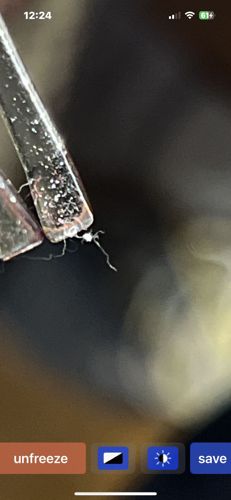Ghost Moth / Swift Moth (larva)
Scientific Name: Hepialidae (larva)
Order & Family: Lepidoptera, Hepialidae
Size: Larvae can range from 1 to 5 cm in length, depending on the species. Adult moths can have wingspans from 2 to 10 cm.

Natural Habitat
The larvae of ghost moths are typically subterranean, living in the soil or decaying wood, feeding on roots and underground fungi. Adults are usually found in grassy areas, meadows, and woodlands.
Diet & Feeding
Larvae are polyphagous and feed on the roots of a wide variety of plants, including grasses, ferns, and agricultural crops. Some species may also feed on decaying wood or fungi. Adult ghost moths typically do not feed, or they may consume nectar from flowers.
Behavior Patterns
Larvae are slow-moving and spend most of their lives underground. Adult ghost moths are primarily crepuscular or nocturnal, with males often performing 'lekking' displays, flying in open grassy areas to attract females. Females lay eggs on plants or drop them during flight.
Risks & Benefits
Potential risks include being agricultural pests, as their root-feeding larvae can damage crops and garden plants. Benefits include being a food source for other animals (birds, bats, small mammals) and contributing to nutrient cycling in the soil through their feeding habits.
Identified on: 9/17/2025